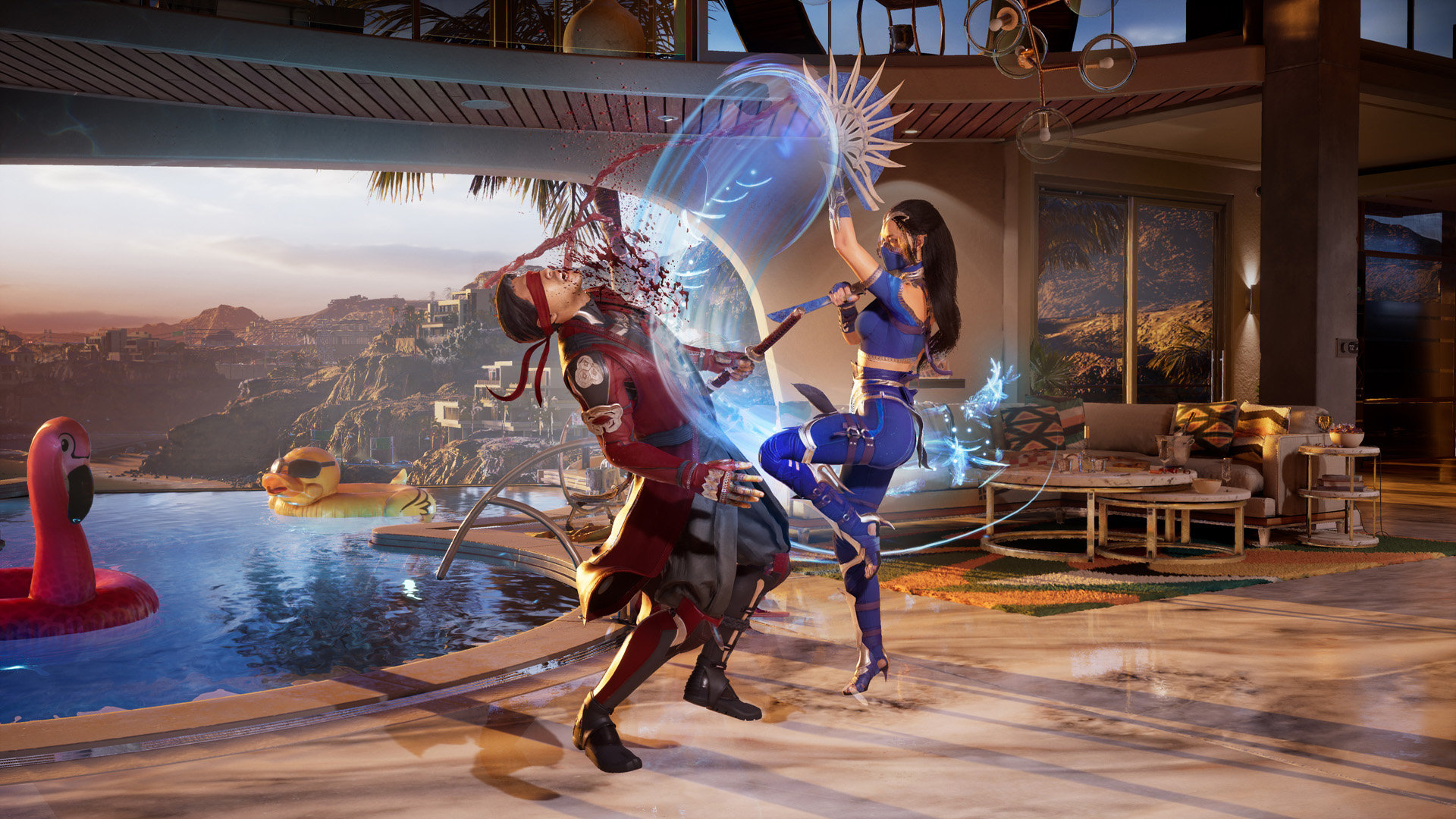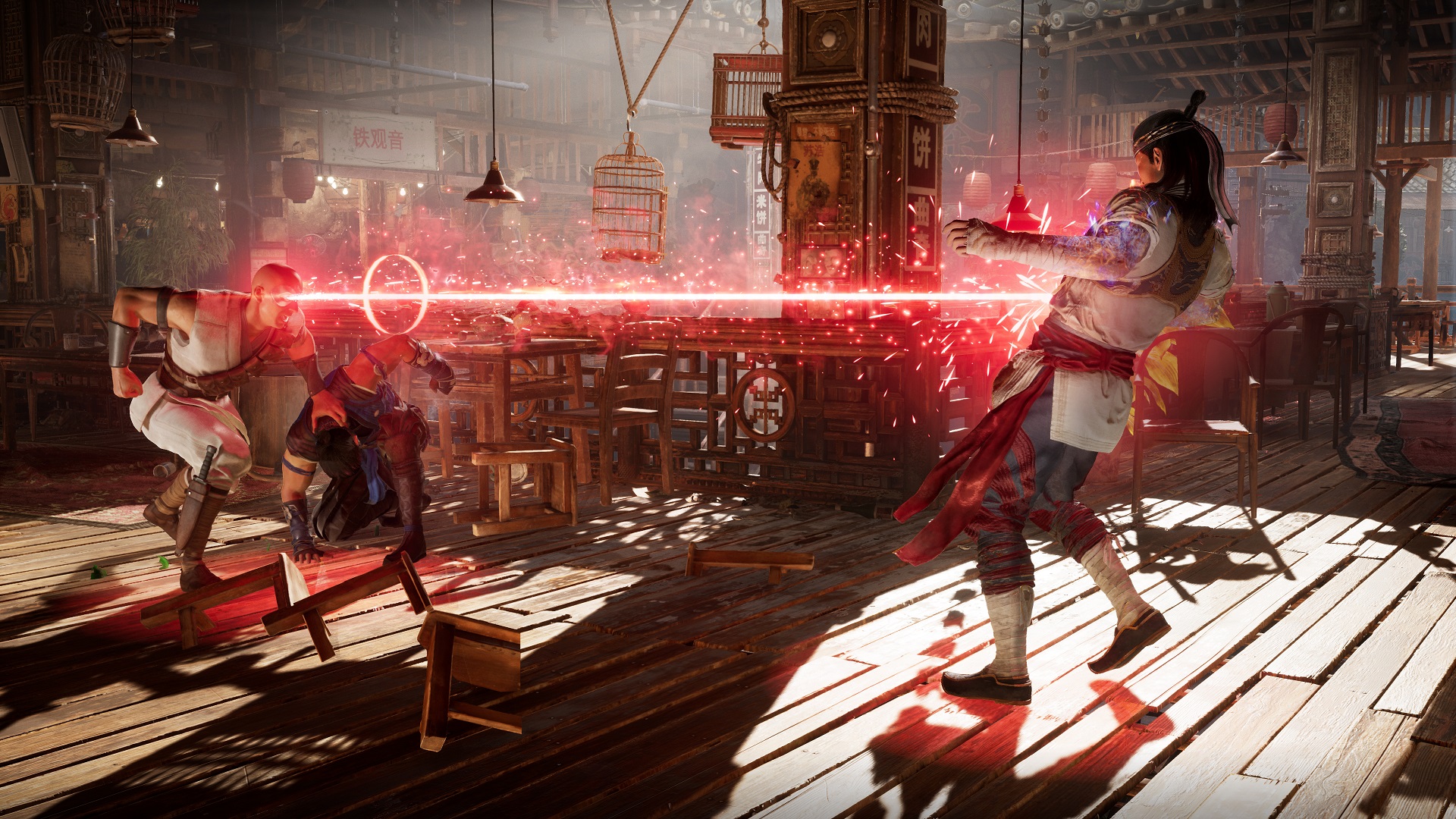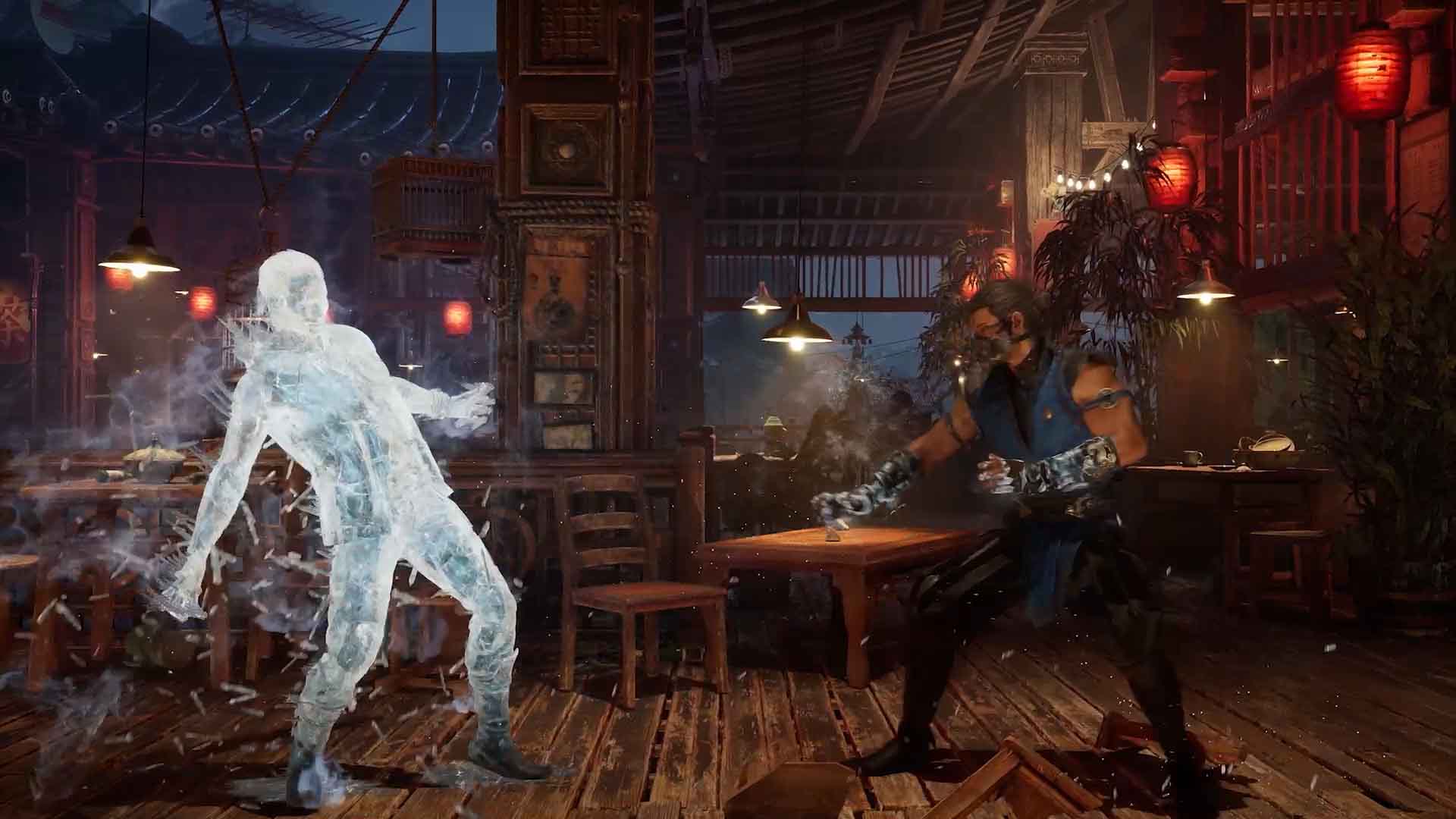Mortal Kombat 1 beta impressions: impresses across the board
Fatal blow

The Mortal Kombat 1 beta offers a strong first impression of exactly how NetherRealm’s latest fighter plays. The beta for those who pre-ordered the game wraps up today (August 21) at 6PM ET / 3PM PT / 11PM BST, so there is still a handful of hours to get online and go a few more matches.
Without a doubt, Mortal Kombat 1 is one of the biggest upcoming games for fans of the best fighting games. After around 11 hours with the beta, and over 100 online matches while also going through the tower with every character and Kameo, it’s clear that this is the most refined Mortal Kombat experience to date.
What’s most exciting about Mortal Kombat 1 is how it brings the core experience back to its roots without sacrificing some of the good ideas of the previous titles. Right off the bat, some of the missteps of Mortal Kombat 11, which was heavily influenced by the company’s Injustice series, have been stripped away. That means there are no more interactable objects in the environment, and, most crucially, the meter burn system has been removed, and Mortal Kombat 1 is all the better for it.
Another big change is that the game does away with the variation system of the past two entries into the series. This means each character features more special moves and strings that are no longer split up into three categories. Some of the more contested elements of Mortal Kombat 11 have also been omitted for this sequel, too. That means there are no more Krushing blows or breakaway options, with that game’s defensive and offensive gauges replaced by a more traditional super bar - something that made its first appearance in Mortal Kombat (2011).
Friends like these

Removing a lot of mechanics from the previous game may seem like a step back, but there's no dip in the level of complexity on offer. On a character level, Sub-Zero, Johnny Cage, Kitana, Li Mei, and Liu Kang are the most developed that they have ever been. Not only are there more special moves to utilize, as well as a wealth of strings both on the ground and in the air, but also the Kameo system which adds combo extenders, breakers, move amplifications, and anti-air attacks to your character’s arsenal.
In the beta, you have access to Frost, Sonya, Jax, and Kano, all of whom can be mixed and matched with your playable character. These Kameo fighters are linked to the R1 / RB button and can be called in for combo extensions, move amplifications, and defensive items, which are tied to the D-pad on either the DualSense or the Xbox Wireless Controller, In the online matches, it seems that the two most popular Kameos are Sonya and Frost. I stuck with these two when playing against real people, saving the experimenting with Kano and Jax purely for the single-player tower mode.
Furthermore, it seems like some of the Kameos are more effective than others. As an example, Frost has the ability to freeze your opponents with a quick-striking low slide, but another input results in a slow-moving ice projectile that can also freeze opponents and is perfect for setups, especially in the corner. These are powerful tools, and in my hours with Sub-Zero I found that they were not only good for combo extensions but also provided added pressure from a rush-down perspective. Sonya is one of the more creative Kameo fighters on the roster, as she has a powerful full-screen damaging projectile move alongside an effective anti-air attack, as well as a leg grab that pops your opponent up for extra combo potential.
Sign up for breaking news, reviews, opinion, top tech deals, and more.
While Kano and Jax do have their strengths, I didn’t find them anywhere near as useful in my time with Mortal Kombat 1 beta, but this could all change by the time the full game is released in less than a month’s time. Once a dedicated training and practice mode goes live, there will no doubt be ways of incorporating each Kameo into your arsenal of fighters. It raises the question of exactly how these Kameo combinations with the core fighting roster will be balanced on day one as the kinks get smoothed out.
Core kombat

The removal of Mortal Kombat 11’s systems has ultimately been for the better, as Mortal Kombat 1 plays closest to Mortal Kombat (2011) than any of the sequels, with one key difference. There’s now no breakaway system, which was used in the previous game granting you armor to defend from a combo, and was a divisive inclusion for both casual and pro players. Instead, combo breakers return in their traditional form but are now more expensive. In both Mortal Kombat (2011) and Mortal Kombat X, you would have to spend two out of three bars to break a combo. Now, however, you need to spend all three.
The trade-off here is that combo breakers are incredibly powerful, as your Kameo comes in and halts the action, taking you off the back foot and getting you into the action quicker. They are also much easier to activate and understand than the breakaway system, as you simply hold the block button (R2 / RT) and forward. The meter builds incredibly quickly in Mortal Kombat 1 as well so you’ll be spending resources more often to enhance special moves and break combos when your back’s against the wall. It all results in an incredibly engaging and aggressive experience.
Fatal Blows return from Mortal Kombat 11 with your Kameo joining in and they work largely the same way. Pulling both triggers in (L2 + R2 / LT + RT) results in a cutscene, which now incorporates X-rays into the mix, too, and is visually stunning. You can only use one per match when your health drops below 30%, but there’s now a telegraphed animation at the start that makes them easier to punish This change rewards playing aggressively, and in my online matches, I was able to prevent people from using them as a panic button more often than not.
Brutal building blocks

Mortal Kombat 1’s speed and aggression carries over into the combo potential as special cancels are easy to execute. There are different settings to suit both casual players and more experienced competitors as well. That’s because there are toggles for release check (otherwise known as negative edge) which makes pulling special moves off easier and the timing window for strings and moves can be adjusted by short, medium, and long. Within just a few matches, I was able to reliably rack up 35-40% combos with Sub-Zero, and my experimentation was thus rewarded with new ways to win matches.
Also returning to Mortal Kombat 1 is aerial combat, an element last seen in Mortal Kombat: Armageddon from 2006. Each of the playable characters has a meter-less launcher move which gets your opponent airborne. They are slower to pull off and can be interrupted by jabs, but if you land them, you can jump with the opponent and deliver strings in the air. There are even aerial variations of special moves for added versatility and variety. It’s easily the most enjoyable thing about Mortal Kombat 1 and helps to further differentiate it from other entries in the reboot series.
All of these new features working in tandem together provide a basis for the deepest and more complex Mortal Kombat experience to date. It’s easy enough for casual players to pick up and play, but rewards learning and experimentation with a level of mechanical freedom that the franchise hasn’t seen before.
The Mortal Kombat 1 beta is currently available on PS5 and Xbox Series X, and the game will also be on PC and Nintendo Switch when it releases on September 19.

Formerly TechRadar Gaming's Hardware Editor, Aleksha McLoughlin is now a freelance writer and editor specializing in computing tech, video games, and E-commerce. As well as her many contributions to this site, you'll also find her work available on sister sites such as PC Gamer, GamesRadar, and Android Central. Additionally, more of her bylines can be found on Trusted Reviews, Dexerto, Expert Reviews, Techopedia, PC Guide, VideoGamer, and more.